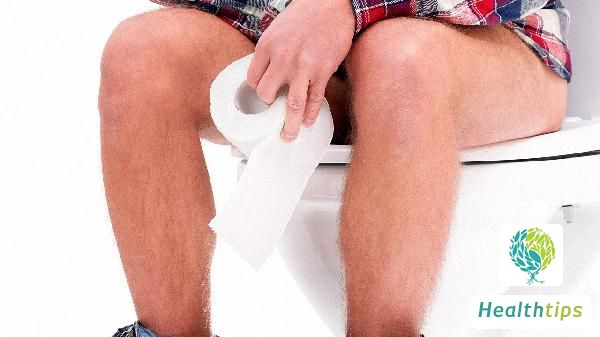What Medications Effectively Cure Mucopurulent Leukorrhea?
Leukorrhea as an Indicator of Female Health
Leukorrhea, which is either colorless or white in a healthy state, serves as a crucial indicator of female health. Deviations in its appearance, notably significant changes in shape, can be indicative of gynecological diseases. Many women have observed the occurrence of purulent leukorrhea, an unhealthy condition, and are seeking effective treatments. Consequently, the question arises: What medications can be employed to treat purulent leukorrhea? Let's delve into this matter.

Medications for Purulent Leukorrhea
1. Oral Administration of Fuke Qianjin Pian: This medication has proven effective in treating purulent leukorrhea. It addresses not only the condition itself but also any concurrent gynecological inflammation. However, maintaining proper hygiene of the intimate area during treatment is paramount. For patients experiencing severe symptoms, regular uterine care at beauty clinics can be beneficial.
2. Daktarin Suppositories: Another option for treating purulent leukorrhea is the use of Daktarin Suppositories. These effectively alleviate abnormal leukorrhea. Nevertheless, it is imperative to carefully read and follow the medication instructions prior to use. When administering the medication vaginally, thorough vaginal cleansing using a vaginal douche is necessary to prevent additional infections.
Routine Leukorrhea Examination
1. pH Level Check: The normal vaginal pH ranges from 3.8 to 4.4, maintaining a slightly acidic environment that inhibits the growth of pathogenic bacteria. In cases of trichomoniasis, the vaginal pH may range from 5.0 to 6.5, while in bacterial vaginosis, it may exceed 4.5.
2. Leukorrhea Cleanliness Degree: The vaginal secretions are examined under a microscope to assess their cleanliness, considering the presence of vaginal bacilli, white blood cells (WBCs), and other microorganisms. The cleanliness is categorized into four degrees:
- Ⅰ Degree: Indicates normal secretions with a large number of vaginal bacilli and epithelial cells, no microorganisms or WBCs.
- Ⅱ Degree: Still considered normal vaginal secretions with moderate amounts of vaginal bacilli and epithelial cells, along with a small number of WBCs and microorganisms.
- Ⅲ Degree: Suggestive of mild vaginal inflammation, characterized by few vaginal bacilli and squamous epithelial cells, with a relatively high number of microorganisms and WBCs.
- Ⅳ Degree: Indicates relatively severe vaginal inflammation, such as fungal or trichomoniasis vaginitis, with the absence of vaginal bacilli, only a few epithelial cells, and a large number of WBCs and microorganisms.
Degrees Ⅰ and Ⅱ are considered normal, while Ⅲ and Ⅳ indicate abnormal leukorrhea and vaginal inflammation.
3. Pathogenic Microorganism Examination: Microscopic examination of processed leukorrhea samples can detect the presence of trichomonads or fungi based on their morphological characteristics. The presence of these organisms, regardless of quantity, is denoted by a "+" sign, while their absence is indicated by a "-" sign.
4. Amine Test: Leukorrhea associated with bacterial vaginosis may emit a fishy odor due to the release of ammonia when amines react with alkaline substances.
5. Clue Cells: The presence of clue cells serves as a specific indicator of bacterial vaginosis. A positive amine test combined with the presence of clue cells can confirm the diagnosis of bacterial vaginosis.



















